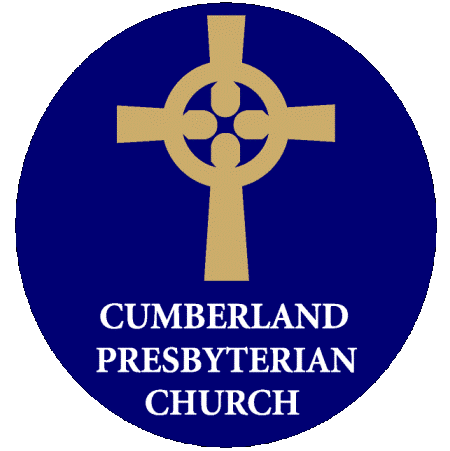Some Distinguishing Facts about the Cumberland Presbyterian Denomination
New Hope is a part of the Cumberland Presbyterian denomination, which is representative of the Presbyterian and Reformed family of churches. The roots of the CP Church go back to the Presbyterian beginnings in Switzerland and Scotland. We came out of the old Presbyterian Church on February 4th, 1810, on the American frontier, as the result of differences over theology, ministerial education, methods of ministry, and the Great Revival of 1800.
- Is there any difference between the Cumberland Presbyterian Church and other Presbyterian or Reformed denominations? Yes. We have a distinct accent, life, and ministry; and though similar, we differ from the Christian Reformed Church, Presbyterian Church USA, the Reformed Church of America, the Presbyterian Church of America, the Associate Reformed Presbyterian Church, and other like denominations.
- What is Presbyterian? The word actually refers to a form of church government more than to a theology. We are Presbyterian in government rather than Congregational or Episcopal. Our units of government are: session, presbytery, synod, and general assembly. We are a connectional Church, related on all levels. As congregations we are related to the whole.
- What role do women play in the Cumberland Presbyterian Church? Women are active in all areas of our denominational ministry. In 1889. we were the first presbyterian or reformed body to ordain women for the ministry. We also regularly ordain women as church officers.
- How big is the Cumberland Presbyterian Church today? We are a denomination with less than 100,000 members, serving in 19 states, with a concentration of congregations in Kentucky and Tennessee. We also have congregations in Hong Kong, Colombia, Japan, and Brazil. We have around 800 congregations. The majority of our churches are of small or medium membership. Only a few of our churches have over a thousand members. The denomination, though small, has become a vital, creative, outreaching, and loyal steward of its mission. We maintain a program far out of proportion to our size.
- What are the educational requirements for Cumberland Presbyterian ministry? We hold and insist upon adherence to a high standard of education for ministers. For most this means a degree from a fully accredited seminary. Careful exemptions are made for practical purposes and these persons must complete our Program of Alternate Studies through Memphis Theological Seminary.
- What happened in 1906? Many Cumberland Presbyterians still view the events of 1906 with ill will. In 1902 the Presbyterian Church USA made changes to their Confession of Faith which many Cumberland Presbyterians believed for all practical purposes eliminated the differences between the PCUSA and the Cumberland Presbyterian Church. This spawned a reunion movement within both bodies. At the time, the Cumberland Presbyterian Church was the third largest presbyterian body in North America and was rapidly growing. If we had continued to grow at the pre-1906 rate we would have been the largest presbyterian body by about 1920.The concept of reunification became popular within the Cumberland Presbyterian Church but it was not without significant resistance. When the final vote on reunion took place in 1906, the Cumberland Presbyterian Church voted by presbytery. This means that small presbyteries with as few as a half dozen churches and a few score congregants were weighted the same as large presbyteries with a hundred or more churches and tens of thousands of congregants. When the results were tallied, a majority of Cumberland Presbyterian presbyteries voted to reunite with the Presbyterian Church USA.However, several of the largest presbyteries, representing an overwhelming majority of Cumberland Presbyterians, voted against the union. Because of the voting method, the pro-union party carried the day. A sizable portion of the 1906 General Assembly took action to continue our identity as Cumberland Presbyterians.The hard feelings at the time came not from the vote on reunion but from the protracted struggle in the civil courts that followed. As congregations tried to maintain their Cumberland Presbyterian identity they found themselves in court against elements of the Presbyterian Church USA. Most Cumberland Presbyterian institutions, publications, boards, and agencies became the property of the Presbyterian Church USA. Only the Tennessee state Supreme Court ruled on the side of Cumberland Presbyterians. A long rebuilding period followed. Eventually, the Presbyterian Church USA issued an official apology to the Cumberland Presbyterian Church.


